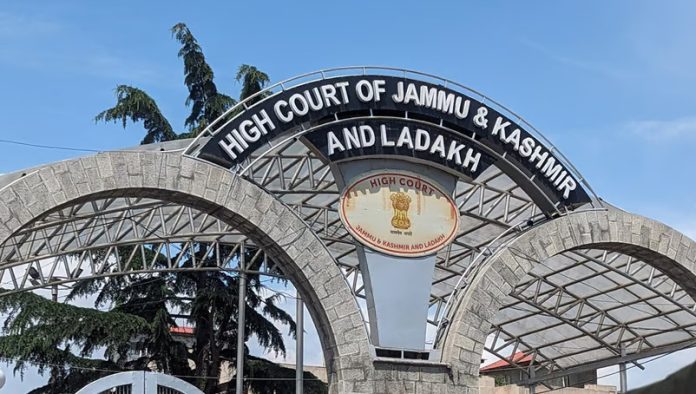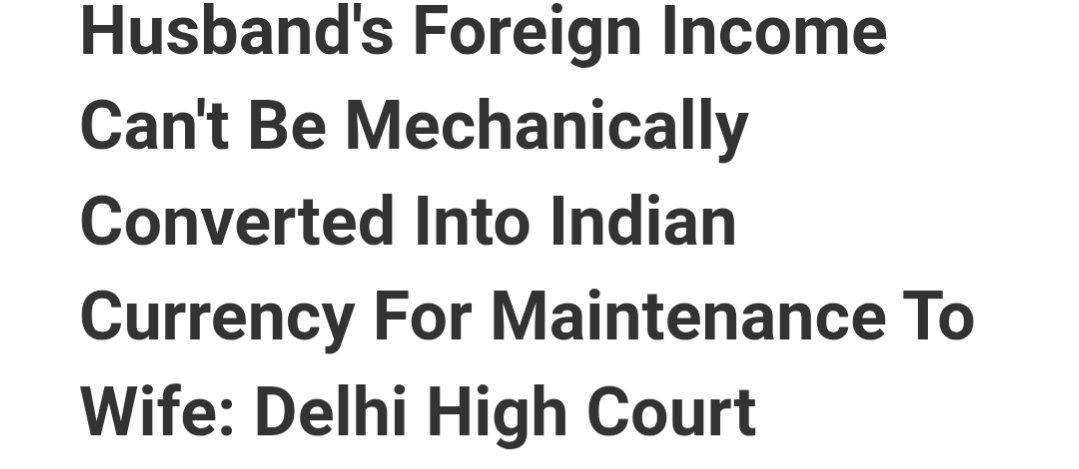@JUDGMENTTAG-ORDER
R.C. Mitter, J.@mdashThis Rule has been obtained by the landlord decree-holder. On April 14, 1931, he instituted a suit for rent against his tenant Naib Ali and recovered a decree on June 18, 1931. In the meantime opposite parties Nos. 1 to 5 in whose favour Naib Ali had executed a mortgage, purchased the holding in execution of their mortgage decree on September 17, 1930. This sale was confirmed on August 17, 1931, and the notice u/s 26-E of the Bengal Tenancy Act was served on the petitioner on November 21, 1931. The petitioner put his decree in execution on September 7, 1933. The opposite parties Nos. 1 to 5 filed an objection purporting to be u/s 47, of the CPC in which they alleged that the execution could not proceed. It is not necessary to consider at this stage the merits of the said objection. It appears from the judgment of the Court below that the petitioner considered the opposite parties Nos. 1 to 5 to be representatives of the judgment-debtor, Naib Ali, and applied to make them parties to the execution proceedings as such representatives. The learned Munsif took up for consideration the objection of opposite parties Nos. 1 to 5 and the application of the decree-holder petitioner to bring on record, or to substitute as the learned Munsif has stated, the opposite parties Nos. 1 to 5 as representatives of the judgment-debtor. As the objection of the opposite parties Nos. 1 to 5 and the said application of the decree-holder raised some points in common, he considered them together. Now it is well settled that a transferee from the judgment-debtor or a purchaser of his interest at auction sale is a representative of the judgment-debtor within the meaning of Section 47 of the Code only if the decree binds him or affects his purchase. See Ishan Chandra v. Benimadhav Sarkar 24 C 62 : 1 CWN 36. The learned Munsif came to the conclusion that the decree obtained by the petitioner was a money decree. He held accordingly that opposite parties Nos. 1 to 5 were not the representatives of the judgment-debtor. He also held that as the decree was a money decree the property in the hands of the opposite parties Nos. 1 to 5 could not be attached or sold as they were not parties to the decree. He supported to give relief to the opposite parties Nos. 1 to 5 on the basis of Order XXI, Rule 58 of the Code. The petitioners preferred an appeal to the learned District Judge which was heard by the Subordinate Judge, 3rd Court, Mymensingh. A preliminary objection was taken that no appeal lay. The learned Subordinate Judge gave effect to the preliminary objection on the ground that the Munsif did not pass any order coming within the purview of Section 47 of the Code but granted relief to the opposite parties Nos. 1 to 5 under Order XXI, Rule 58.
2. In my judgment, the learned Subordinate Judge has wrongly decided the preliminary objection. He has overlooked the fact that the petitioners wanted to substitute opposite parties Nos. 1 to 5 in the execution proceeding as representatives of the judgment-debtor Naib Ali. The execution Court is bound to decide the question as to whether they were the representatives of the judgment-debtor. This is one of the questions falling within Section 47 of the Code. The learned Munsif decided the said question against the petitioner. That being so an order u/s 47 was made by the Munsif and his order is appealable:

